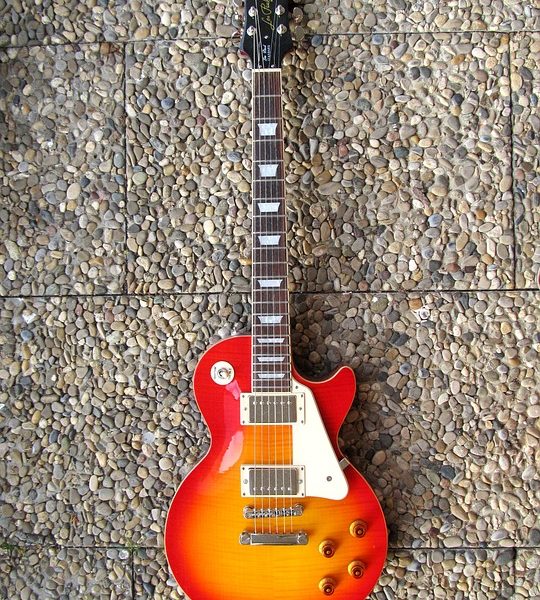Master the Capo: A Beginner’s Guide to Enhancing Your Guitar Playing
Master the Capo: A Beginner’s Guide to Enhancing Your Guitar Playing
If you are a budding guitarist looking to expand your playing abilities and add more depth and versatility to your music, mastering the capo is a skill you cannot afford to overlook. The capo is a simple yet powerful tool that can change the key of your guitar, allowing you to play in different positions and create unique sounds. In this beginner’s guide, we will explore the basics of using a capo and provide tips on how to incorporate it into your guitar playing.
What is a Capo?
A capo is a small device that clamps onto the neck of your guitar, effectively shortening the length of the strings and raising the pitch of the sound. By using a capo, you can easily change the key of a song without having to relearn chords or scales in a different position. This makes it an invaluable tool for guitarists who want to experiment with different keys, play along with singers, or simply add variety to their music.
Choosing the Right Capo
There are many different types of capos available on the market, ranging from basic spring-loaded models to more advanced options with adjustable tension and quick-release features. When choosing a capo, it is important to consider the size and shape of your guitar neck, as well as the type of sound you are looking to achieve. Some capos are designed specifically for acoustic guitars, while others work best on electric or classical guitars.
How to Use a Capo
Using a capo is a fairly simple process, but it does require a bit of practice to get the hang of it. To start, place the capo on the desired fret of the guitar neck, making sure that it is positioned directly behind the fret and not on top of it. Once the capo is securely in place, tune your guitar as you normally would, making any necessary adjustments to ensure that the strings are in tune.
Playing Chords with a Capo
One of the most common uses of a capo is to play open chords in different keys. For example, if you place the capo on the second fret and play a G chord shape, you will actually be playing an A chord. This can be a great way to add variety to your playing and create a more dynamic sound.
Experimenting with Different Positions
Once you have mastered the basic technique of using a capo, don’t be afraid to experiment with different positions and see how it affects your playing. Try placing the capo on different frets to find new chord voicings and create interesting harmonies. You may be surprised at the unique sounds you can create by simply moving the capo up or down the neck.
Playing Barre Chords with a Capo
Another useful technique for guitarists is to use a capo to play barre chords in different keys. By placing the capo on a higher fret and playing a barre chord shape, you can achieve a new key without having to memorize new fingerings. This can be particularly helpful for playing songs with challenging chord progressions or transposing music on the fly.
Incorporating the Capo into Your Playing
Once you have mastered the basics of using a capo, the possibilities for incorporating it into your playing are virtually endless. Experiment with different positions and chord shapes to create unique sounds and add depth to your music. Don’t be afraid to push yourself outside of your comfort zone and try new things – you may be surprised at the results.
Conclusion
Mastering the capo is a valuable skill for any guitarist looking to enhance their playing abilities and explore new musical possibilities. By understanding the basics of using a capo and experimenting with different positions and chord shapes, you can take your guitar playing to the next level and create music that is truly your own. So grab your capo, tune up your guitar, and get ready to unlock the full potential of your instrument.






